The world is an ever-changing landscape and, because of that, the Disney Parks are also forced to change. We saw this up close and personal when Disney adjusted to the Covid-19 pandemic, and we may be on the precipice of another massive shift in 2024 and beyond.
Change is inevitable at the Disney Parks, especially at Disney World. Walt Disney once said, “Disneyland will never be completed. It will continue to grow as long as there is imagination left in the world.” This would wind up to be true at every Disney resort. While this line of thinking applies to changes such as theme park expansion, it could also apply to how the theme parks operate. Disney World has recently adjusted its policies, but more changes could be forthcoming as its dining practices could ultimately be affected long-term thanks to a new medical trend.
A medical breakthrough has taken the world by storm. GLP-1, also known as Ozempic, is changing the way people diet. As its popularity increases, theme park destinations like Disney World may have to adjust the way they look at food in terms of profit.
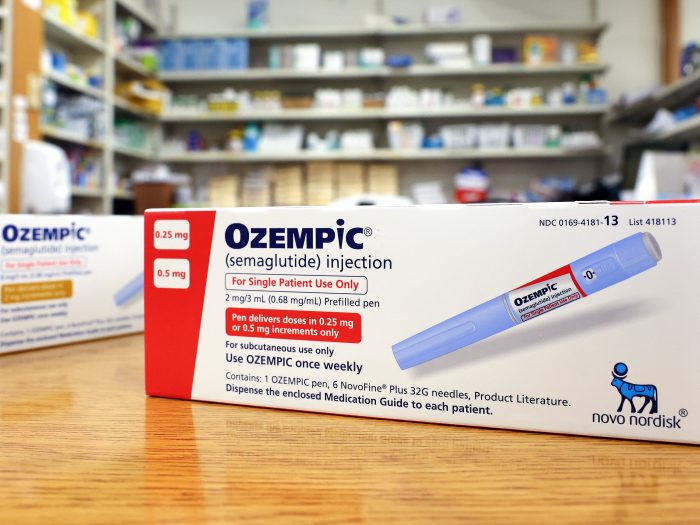
Ozempic was originally approved by the FDA to treat people with Type 2 diabetes- who risk serious health consequences without medication. In recent months, there has been a spike in demand for Ozempic, or semaglutide, due to its weight loss benefits, which has led to shortages. Some doctors prescribe Ozempic off-label to treat obesity. (Photo illustration by Mario Tama/Getty Images)
Ozempic was originally designed as a diabetes medication that affects the body’s regulation of insulin and gastric emptying. The effects of this drug, when broken down in the simplest of terms, make users feel fuller for a longer period of time. Of course, the public (both diabetic and nondiabetic) has reacted to this effect with intense curiosity.
According to travel market research firm Skift, Ozempic prescriptions rose 300% between 2020 and 2022, and the market is projected to reach $100 billion in value by 2030. It’s safe to deduce that this drug isn’t going anywhere anytime soon, and that it will only continue to get bigger. So how does this affect Disney World? Well, it affects the whole travel industry, and Disney World is considered by many to be the crown jewel of that industry.
Per Skift, “Industry winners will be businesses where food and beverage constitute a cost rather than a revenue generator – airlines, all-inclusive resorts, cruises, experience providers, and tour operators stand to benefit, capitalizing on a leaner clientele. Theme parks, hotels, movie theaters, and entertainment venues relying on food and beverage revenue may face challenges.”
This year, the travel industry is preparing for a new weight loss boom. Skift found that 2023 data revealed, “a surge in bookings for physically demanding activities. Nature walks, bike tours, and hiking trips saw significant increases, reflecting a shift towards more active and health-conscious travel experiences.”
Where Disney World fits into all of this is that it relies on food purchasing and licensing for a significant portion of its revenue. If demand decreases, the profits — or lack thereof — will follow. With Ozempic’s ability to quell appetite, Disney World would clearly be at a disadvantage if the drug continues to become more mainstream.
It’s unlikely that any tangible change at Disney World or any business inside the travel sector will begin immediately. With that said, like all businesses, the travel industry will monitor consumer behavior and we could see subtle changes that mark the beginning of massive overhauls. We’ve already seen something like this transpire at the Disney Parks after the push for gluten-free diets became more widespread and relevant.
Projections, such as Goldman Sachs’ prediction, insist this drug could become the most successful pharmaceutical ever. Not just limited to weight loss, GLP-1 could lead to breaking other bad habits such as smoking or over-shopping. If projections are correct, Disney will be forced to adapt to smaller appetites, less desire to indulge in vices, and more frugality from the consumer. If they can’t adapt, they will certainly see profits plummet.
Ozempic can only be obtained with a prescription from your doctor. Research is also still being conducted to study the long-lasting effects of consistent usage. So far, common side effects include nausea, diarrhea, abdominal pain, vomiting, and constipation. Pancreatitis has also been reported in some rare cases.
Most insurances also do not cover Ozempic and costs can get around to $1,000 each month. Demand has also led to drug shortages and complications in acquiring Ozempic, especially for diabetics who rely on the drug.
Consult with your doctor to see if Ozempic and other brands of this diabetes treatment/weight loss drug are right for you.
Where Disney World and the rest of the travel industry go during this Ozempic trend is fascinating and a story worth watching. We’ll be sure to bring you updates as they develop as well as all the latest Disney World news, so stay tuned here at DFB to stay in the know!
This Hilarious Shoe Problem Keeps Happening in Disney World
Join the DFB Newsletter to get all the breaking news right in your inbox! Click here to Subscribe!
WE KNOW DISNEY.
YOU CAN, TOO.

Oh boy, planning a Disney trip can be quite the adventure, and we totally get it! But fear not, dear friends, we compiled EVERYTHING you need (and the things to avoid!) to plan the ULTIMATE Disney vacation.
Whether you're a rookie or a seasoned pro, our insider tips and tricks will have you exploring the parks like never before. So come along with us, and get planning your most magical vacation ever!
How do you think Disney World should adjust to the Ozempic craze? Do you think they’ll even need to adjust? Let us know your thoughts in the comments below!


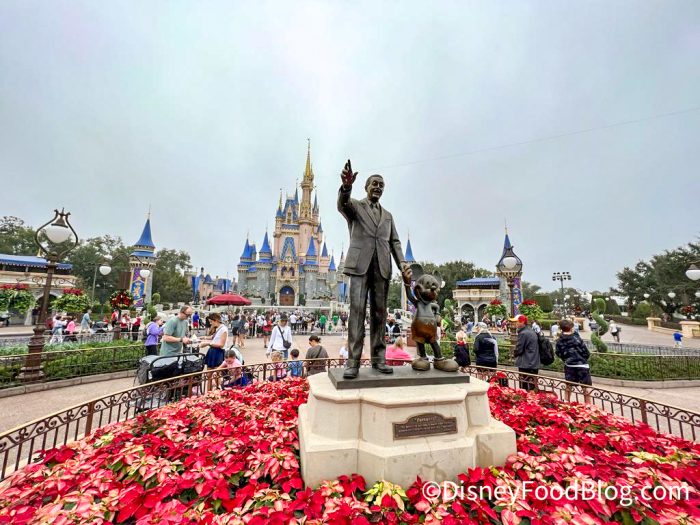
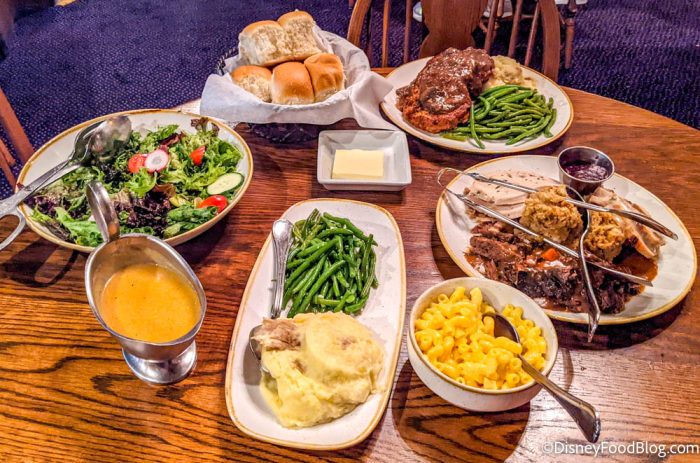

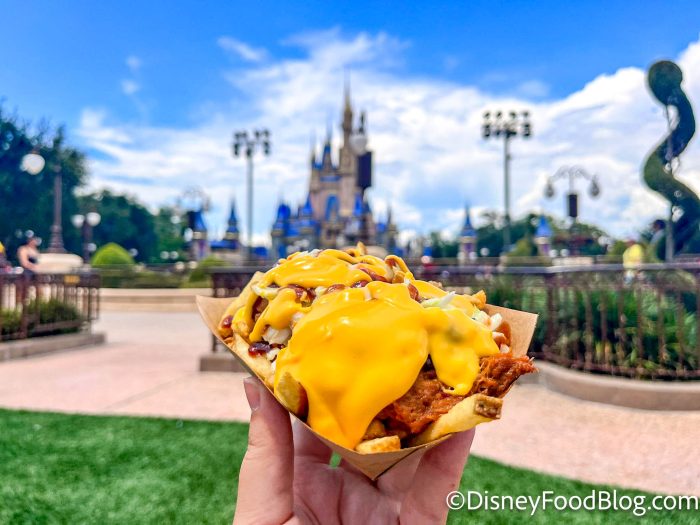



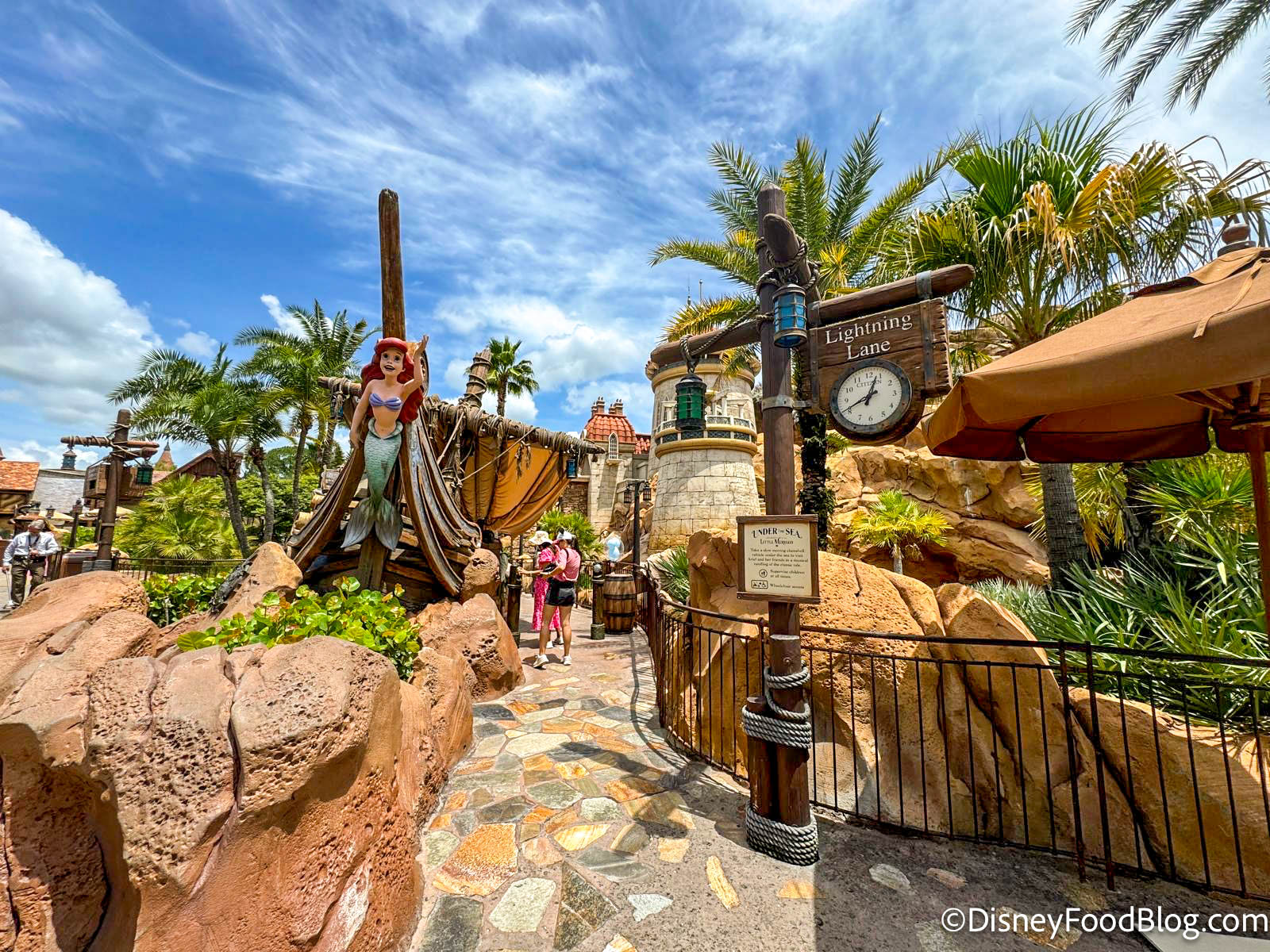

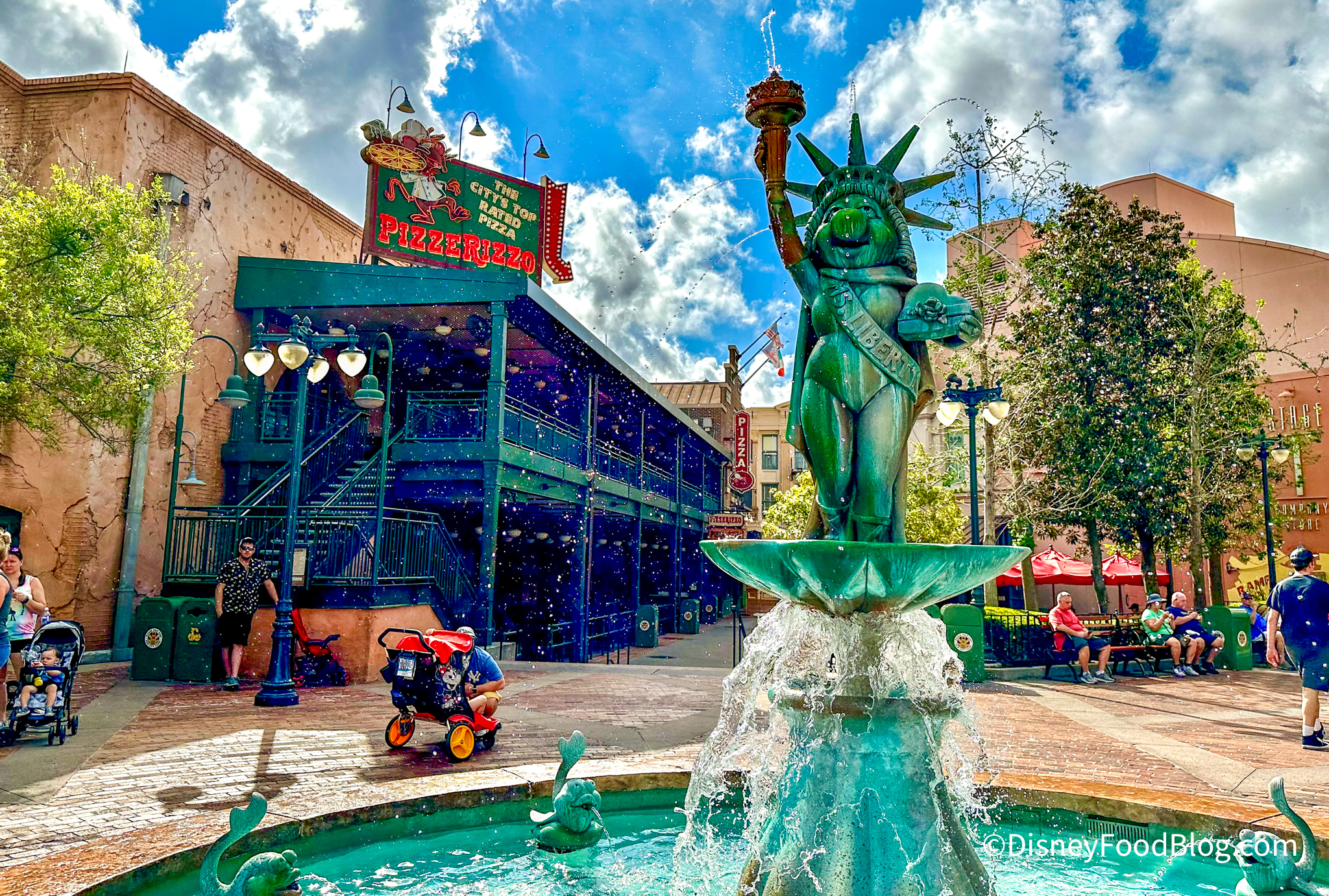
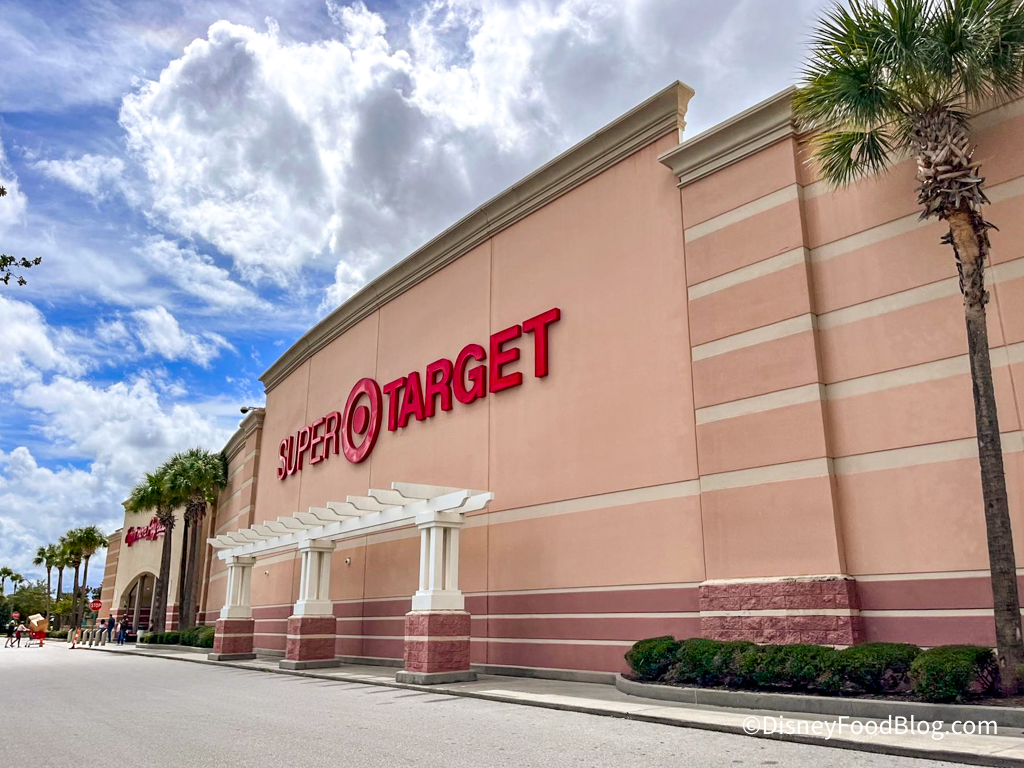



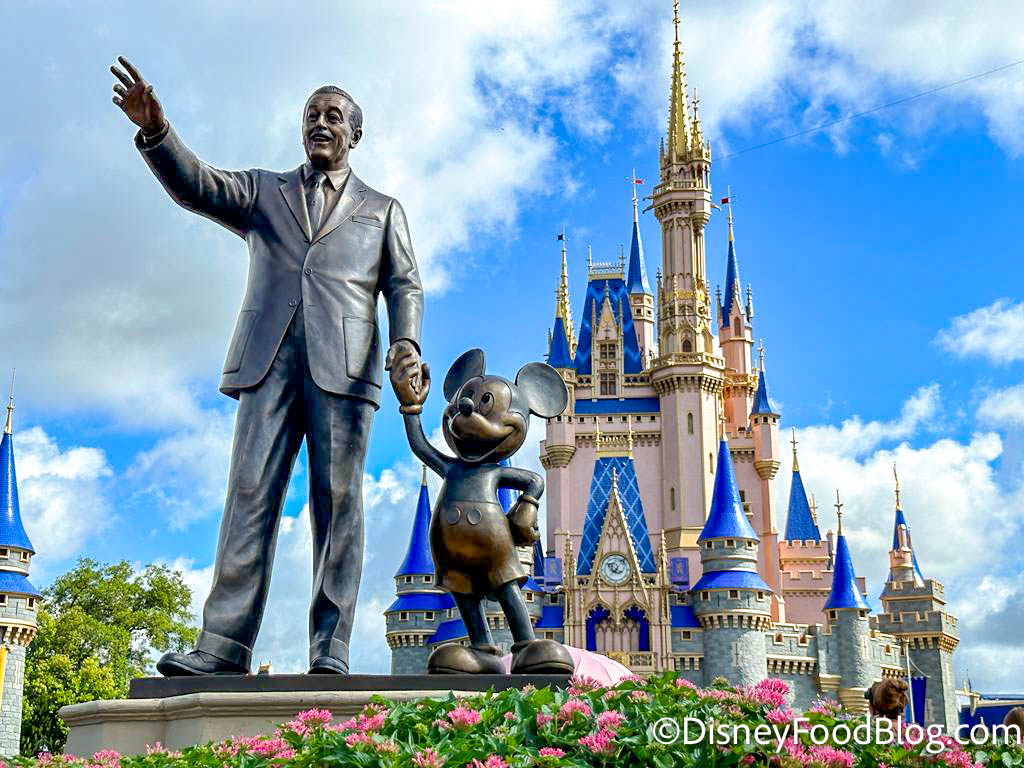


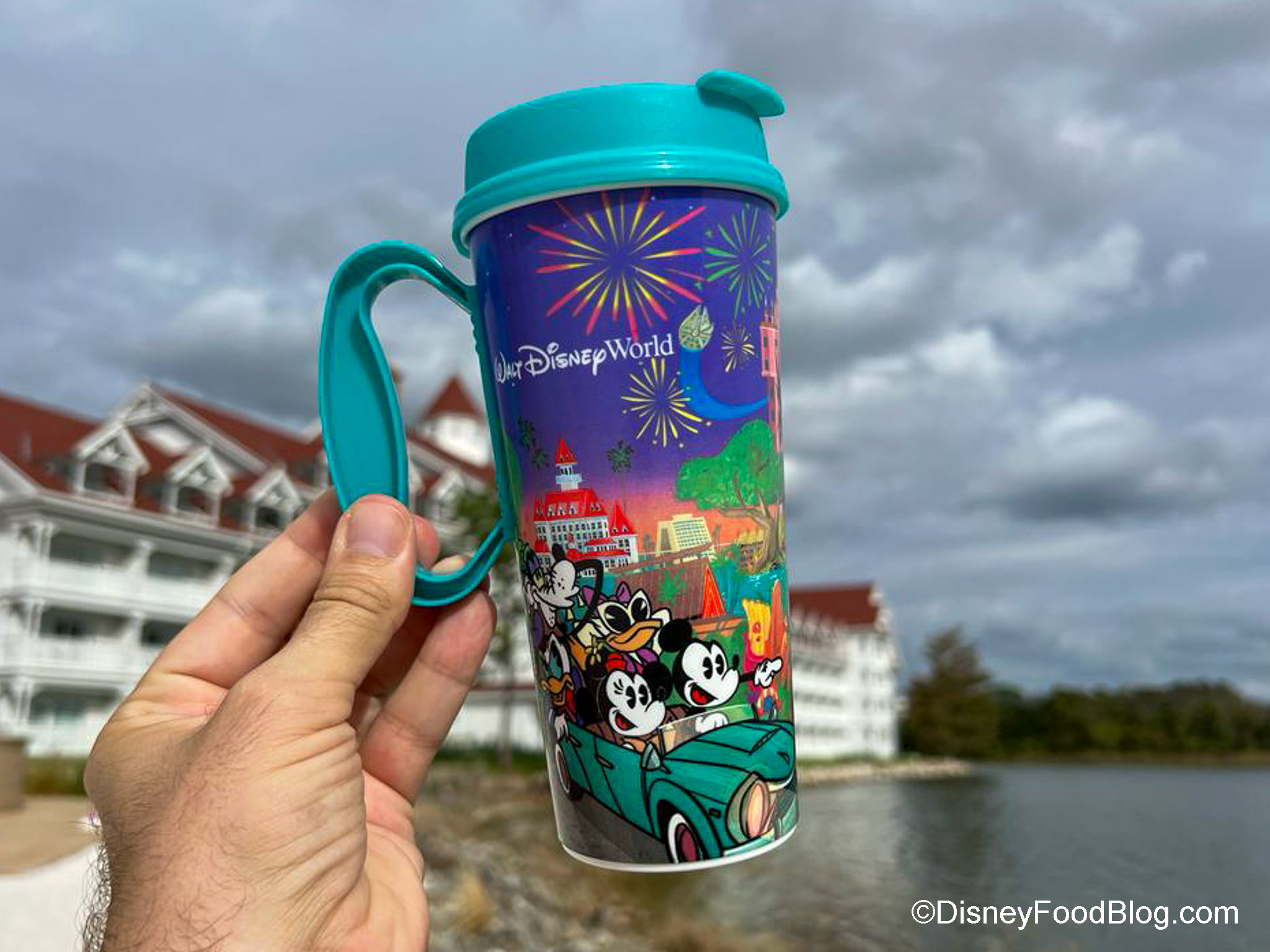




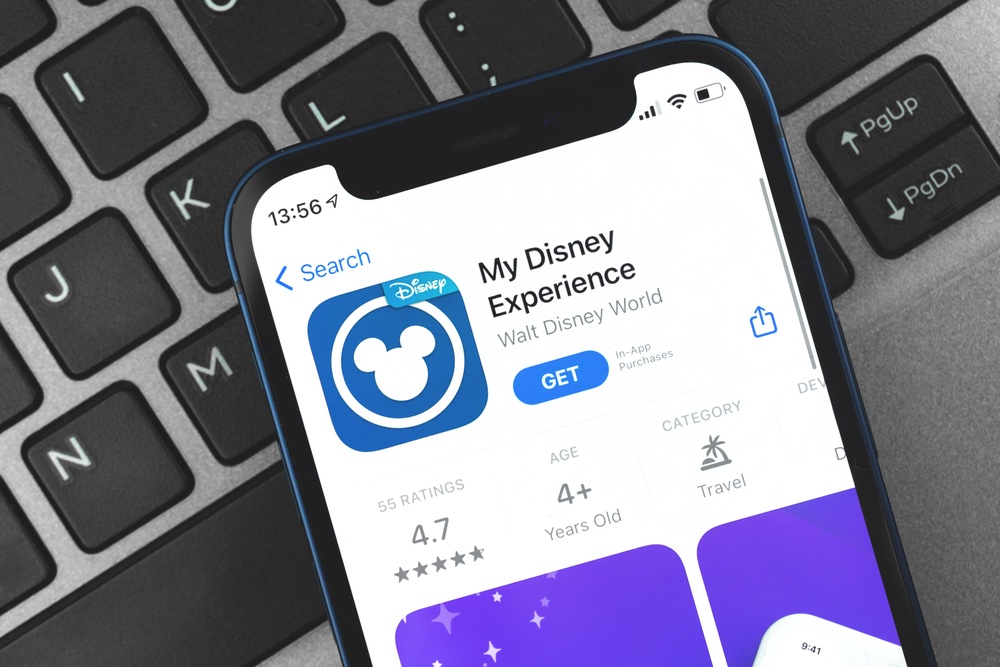
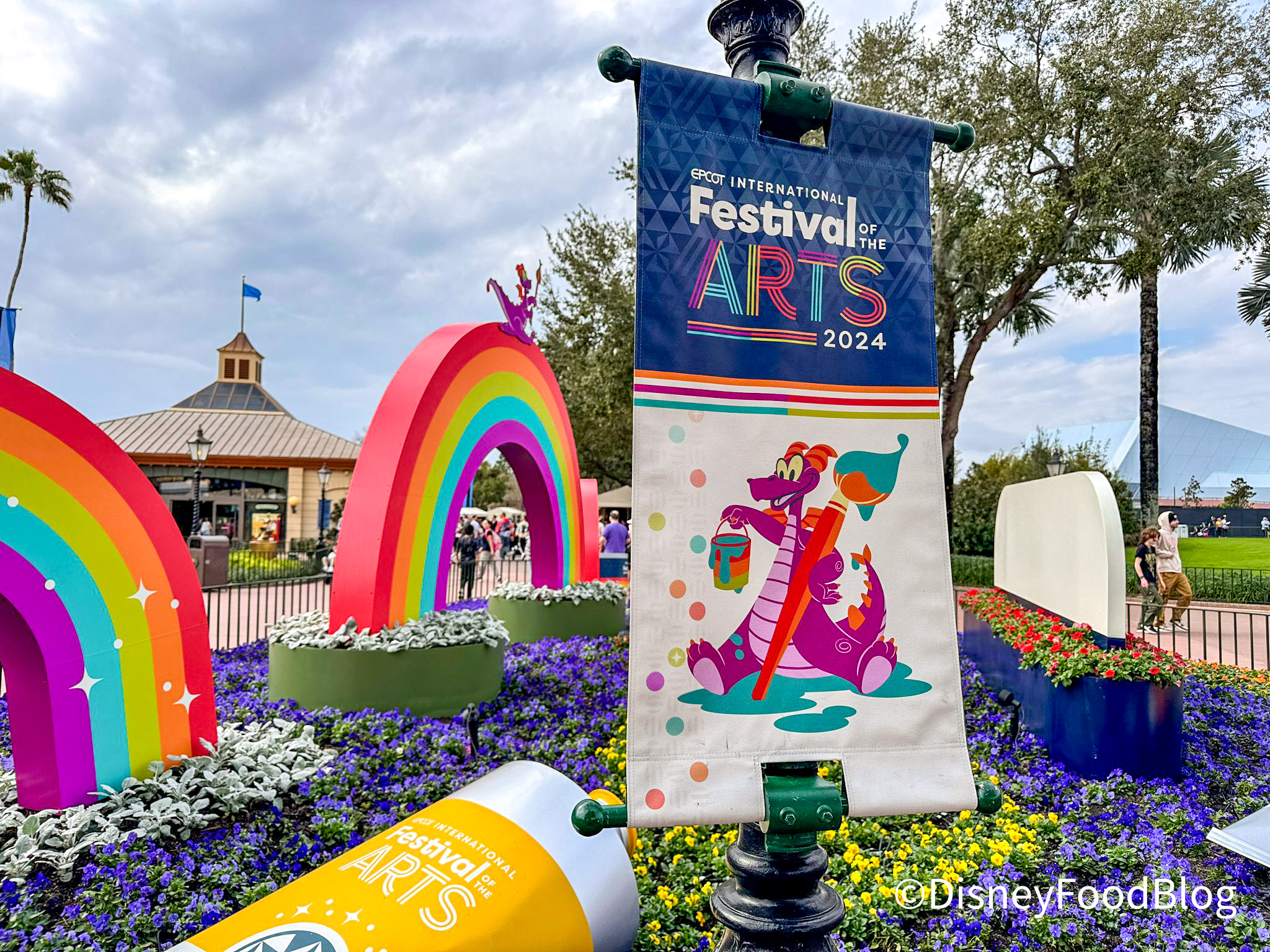


 Our handy (and portable!) ebook guides make sure you get the best deals and can plan a vacation of a lifetime.
Our handy (and portable!) ebook guides make sure you get the best deals and can plan a vacation of a lifetime.

It has nothing to do with ozempic, it’s people are buying less a burger costs 22 dollars that’s why people are cutting spending. I see it all the time season pass holders a family of 4 will order 2 meals and share to cut costs.
Let’s not kid ourselves, the extreme costs of inside the park meals make it cost prohibitive. To enjoy the park, I have to pay to enter, I may need to pay to park but paying for overpriced meals is an option vs a requirement.
I agree. I think this premise is a bit of a stretch. Could it be that people just don’t want to feel loaded down while enjoying a park?
LMAO I really wouldn’t worry about any of this. Even thin people still need to eat, and Disney will be only too happy to charge them $20 (and up) a head to do it. As others have said, if Disney’s losing money on food it’s entirely because they’ve outpriced themselves.
I really wish Disney would offer more sugar free desserts. I can’t have sugar and everything is loaded with it! We have the technology….Stevia and the like. Make it so, Disney.
Taking ozempic has not change my eating habits when we go to the parks,except to change from have a nice sit down mean for lunch or early dinner. With ozempic you still have eat 3 time a days. I don’t know were you got the scary info from but if you have to take ozempic it out there for you and you can still enjoy the great food that Disney offers.
Oh good grief. My family (ages 18-73) just returned from DisneyWorld. One of the adults takes Ozempic and the oldsters in the group are eating less, too. But we took full advantage of the Festival of the Arts food offerings and had a table service meal every day. The prices at the table service restaurants are commensurate to comparable restaurants at home. We consider DisneyWorld a “food destination”.
If you object to spending $22 on a burger, do some research. There are at least a dozen places where you can get a full burger meal for far less. And there’s a McDonalds on property.